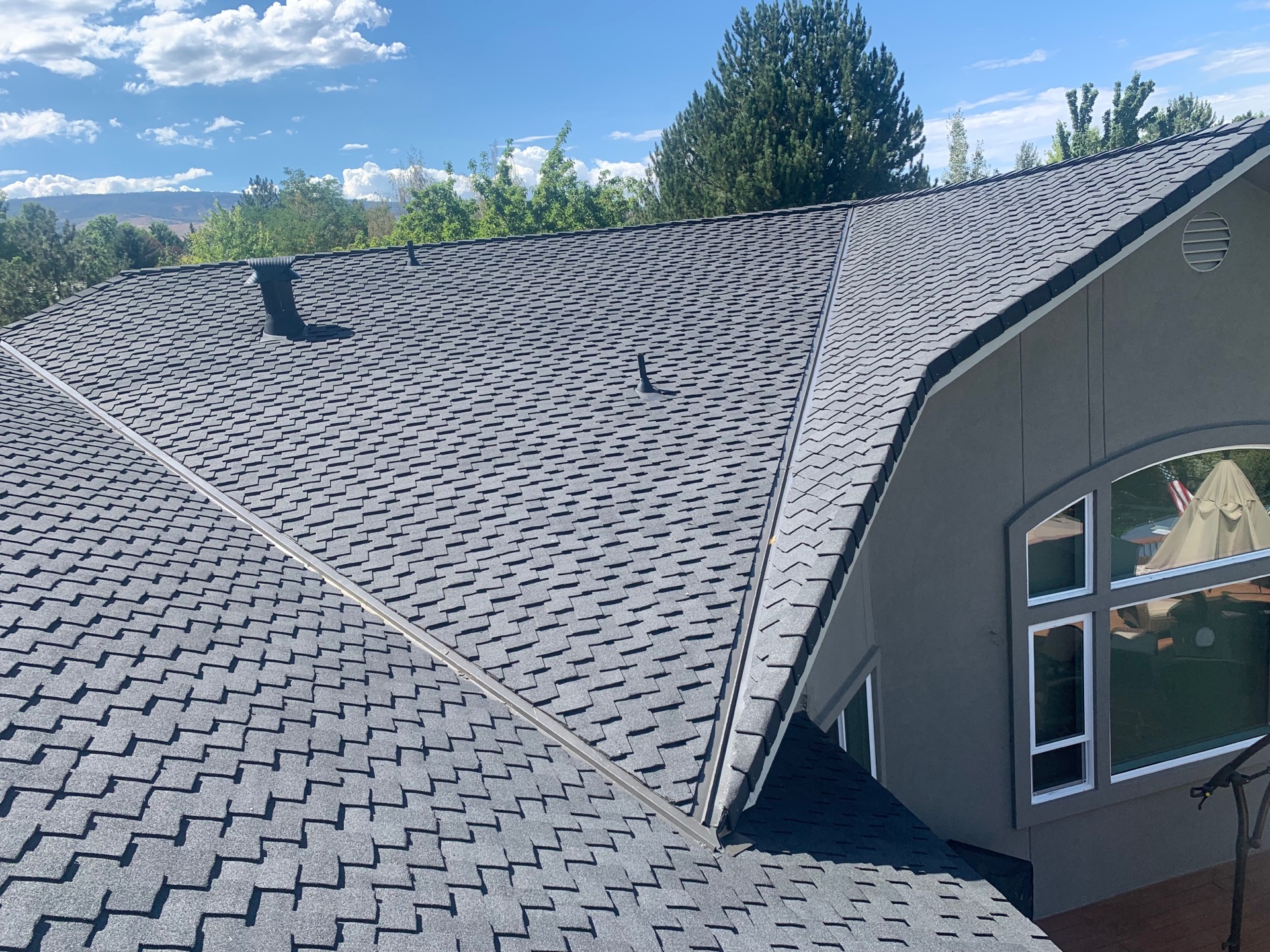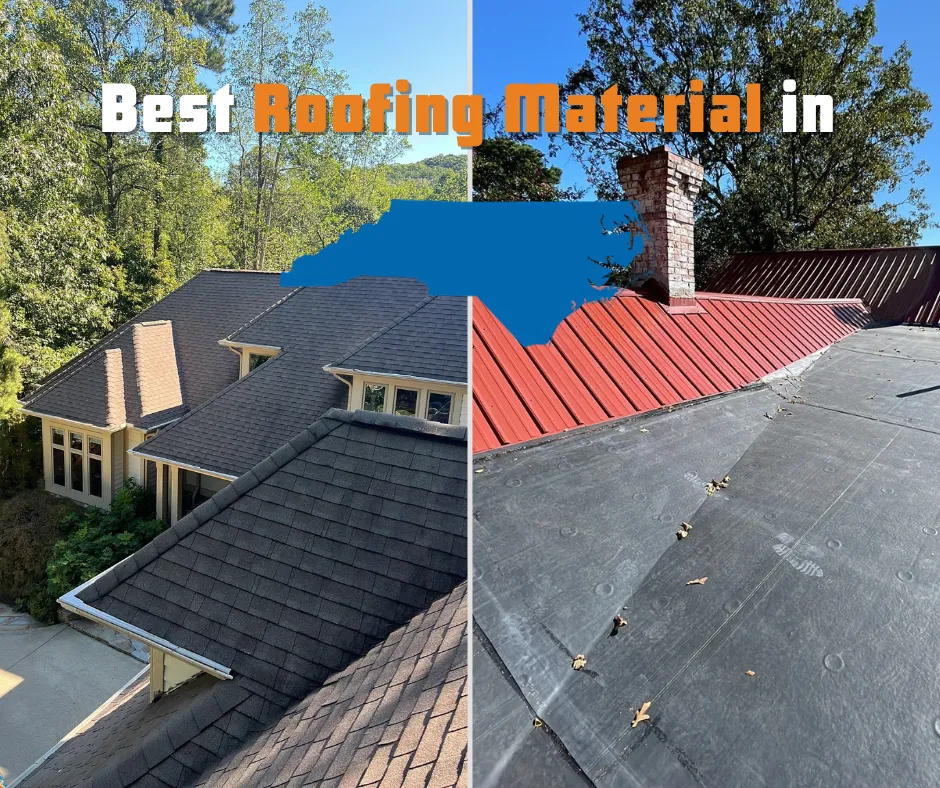Signs It's Time to Repair or Replace Your Roofing System for Better Security and Performance
Assessing the condition of your roof covering is crucial for keeping both safety and security and power performance in your house. Indicators such as noticeable damages, constant leakages, and increasing energy expenses can indicate that your roofing system is no longer carrying out efficiently. The age of the roof covering product plays a considerable function in its overall integrity. Recognizing these indications is essential, as disregarding them might result in much more serious consequences. What specific indicators should you be cautious concerning to ensure your home remains safe and reliable?

Visible Roofing System Damages
When it pertains to maintaining the honesty of your home, visible roof damages serves as a critical indication that action may be essential. House owners ought to frequently check their roofing systems for indicators such as missing out on tiles, crinkled edges, or hairless spots where granules have actually worn away. Each of these concerns can compromise the roof covering's ability to protect the home from the components.
In addition, staining or dark streaks might show algae growth or dampness retention, which can lead to additional wear and tear. Holes or fractures are specifically concerning, as they can enable water seepage, resulting in a lot more extensive damage gradually. In addition, sagging areas of the roofing might signal structural weak points that call for prompt attention.

It is important to attend to noticeable roof covering damage quickly to avoid rise into more severe issues. Engaging an expert roof covering contractor for an extensive evaluation can supply quality on the level of the damages and the most effective course of action. Whether it necessitates repair work or a total replacement, prompt treatment can secure your home and boost its long life, inevitably preserving its value and ensuring the safety of its residents.
Constant Leakages and Moisture
Frequent leaks and moisture accumulation are major indications that a roofing system may be falling short, specifically if visible damages has actually currently been determined (Roofing Lockhart). These concerns can originate from different sources, consisting of worn-out roof shingles, scrubby blinking, or poorly secured seams. When water penetrates the roof framework, it can cause not only aesthetic damages but also a lot more serious structural troubles, such as mold development and timber rot
To deal with these concerns, home owners must conduct normal assessments, particularly after extreme weather occasions. Determining leakages early can alleviate further damages and save money on expensive repair work. If leakages are persistent regardless of repair work, it might indicate much deeper issues within the roof, suggesting that a total replacement must be considered.
In circumstances where leakages are constant and fixings confirm ineffective, speaking with an expert roof specialist is crucial. Ignoring these indications might result in substantial damage and boosted repair prices in the lengthy run.
Raised Energy Expenses
Usually undetected until the regular monthly bills arrive, increased power prices can signify underlying problems with your roofing system. A compromised roof can significantly influence your home's energy efficiency, leading to greater cooling and heating expenses (Roofing Lockhart). When insulation is damaged or air flow is insufficient, conditioned air may run away, requiring your heating and cooling system to function more challenging to maintain wanted temperatures
Deterioration of roof covering materials, such as missing out on roof shingles or harmed flashing, can develop spaces that allow outdoors air to infiltrate your home. This not only affects convenience levels however also boosts reliance on energy-consuming systems, therefore inflating your regular monthly energy bills.
In addition, if your roofing system is not properly sealed, it can increase the degradation of insulation, more intensifying power loss. Regular assessments can aid determine troubles early, making sure that your roof stays a reliable barrier versus the elements.
Age of the Roofing
As roofs age, they slowly put on down, making it vital for home owners to stay cautious regarding their problem. The life expectancy of a roof covering varies relying on its materials; asphalt roof shingles commonly last 20 to 30 years, while steel roofs might sustain for half a century or more. Understanding the age of your roof is important for reliable maintenance and preparation for replacement.
When assessing the age of your roofing, take into consideration variables such as weather exposure, maintenance history, and the installation quality. A well-maintained roof covering might perform optimally also as it comes close to completion of its anticipated discover this life-span. Nonetheless, indicators of deterioration can arise long prior to the roof covering reaches its age restriction, consisting of splitting, crinkling, or discoloration of materials.
Property owners ought to bear in mind that an aging roof can bring about raised danger of leaks, structural damages, and energy inefficiency. If your roof is nearing its anticipated life expectancy, it is wise to seek advice from a roof covering expert to evaluate its problem and go over prospective repair or substitute choices. Remaining proactive concerning roofing system upkeep can make sure the safety and effectiveness of your home for years to find.
Shingle Granule Loss
Roof shingles granule loss is a common sign of a roof's decreasing health, especially as it ages. The granules on asphalt shingles serve a crucial objective-- they offer defense against UV rays and improve the tiles' toughness. Over time, weather condition problems, such as heavy rainfall, hailstorm, and extreme sunshine, can increase granule loss, bring about significant susceptabilities in the roof covering material.
When checking your roof covering, search for indications of granule loss, such as bare spots on granules or roof shingles accumulating in rain gutters and downspouts. These aesthetic hints recommend that the tiles are failing and may no more successfully secure the underlying materials from moisture damage. Along with the visual effects, granule loss can bring about look at this web-site structural problems, including leaks and water infiltration.

Verdict
Finally, identifying the indications of roofing degeneration is necessary for keeping security and energy efficiency in a home. Visible damages, constant leakages, rising energy prices, the roof covering's age, and tile granule loss all offer as vital indicators of the need for fixing or substitute. Positive assessment and prompt treatment by roof professionals can mitigate more damages, enhance architectural stability, and guarantee optimal efficiency why not check here of the roof system, thereby guarding the home and its passengers.
Signs such as noticeable damage, frequent leakages, and rising power expenses can show that your roofing is no longer executing effectively.When it comes to preserving the stability of your home, visible roof damages offers as an important sign that activity may be necessary.Regular leaks and wetness accumulation are severe signs that a roof covering may be falling short, specifically if visible damages has currently been identified. The life expectancy of a roof varies depending on its products; asphalt shingles normally last 20 to 30 years, while steel roofs might sustain for 50 years or more. Noticeable damages, frequent leaks, climbing power costs, the roofing's age, and tile granule loss all serve as important indicators of the requirement for fixing or replacement.